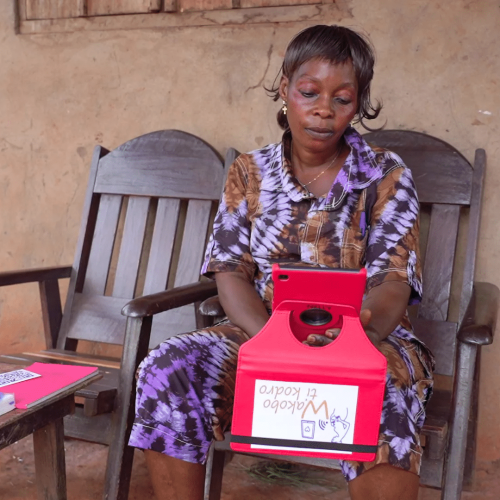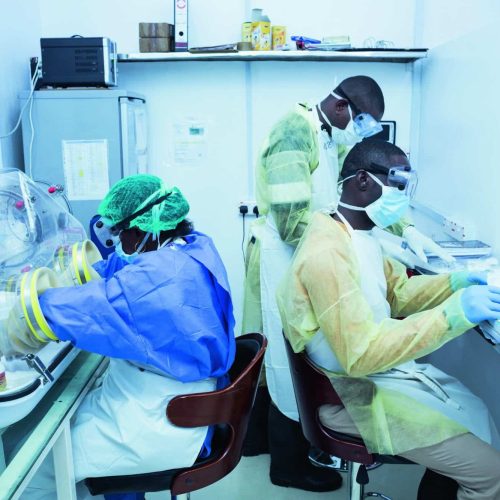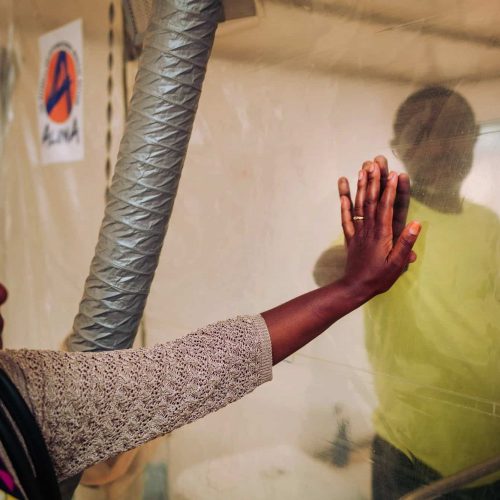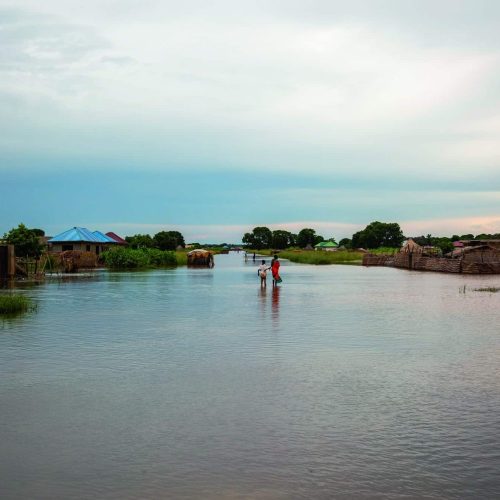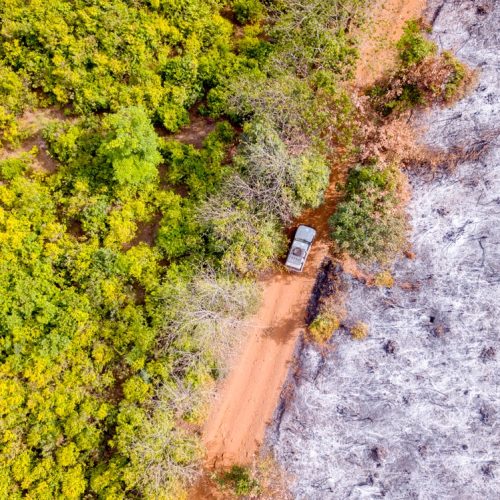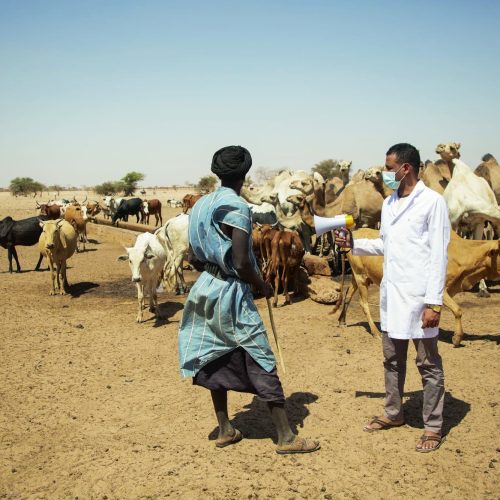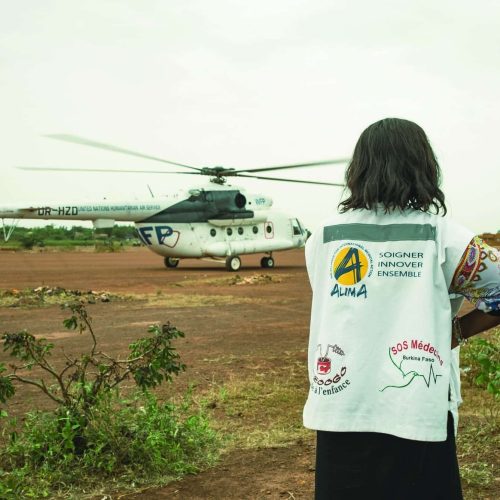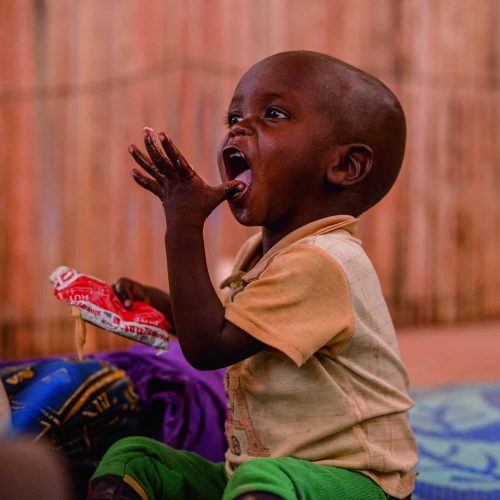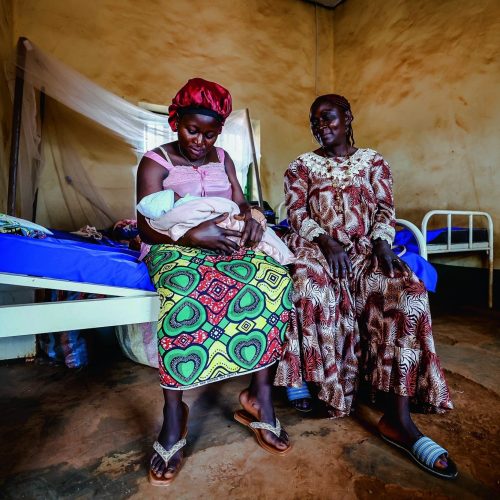1. Malaria is a disease caused by parasites, which are transmitted via the bite of infected female Anopheles mosquitoes. By biting an infected person, the female Anopheles mosquito, takes the parasites, called Plasmodium, which then reproduce in the mosquito. The Anopheles will then transfer the parasite the next time it bites someone, infecting them.
2. Worldwide, there are more than 212 million cases each year, 90% occur in sub-Saharan Africa. Even though Malaria is preventable and curable, il continues to claim the lives of nearly half a million people each year. Every two minutes, a child under five dies from Malaria.
3. The risk of transmission is highest during rainy season. Mosquito bites are more common around dawn and dusk when mosquitoes are most active.
4. Initial symptoms usually appear within 10-15 days after the bite. Symptoms can include: high fever, headache, vomiting and chills. Without rapid diagnosis and treatment, it can progress to a serious, even fatal, illness, Severe Malaria, with symptoms being anemia or respiratory distress.
5. The risk of contracting Malaria diminishes if individuals use preventative measures. Preventative measures include anti-vectorial measures such as sleeping under insecticide-treated nets, indoor spraying and avoiding stagnant water. Individual measures include covering one’s skin and using repellents.
6. Another means of prevention is Seasonal Malaria Chemoprevention (SMC). This consists of administering monthly doses of antimalarial treatment to children during the high transmission season (rainy season) which lasts 3 to 4 months.
Cover photo: Xaume Olleros / ALIMA






